To compare the training and selection processes of SAS and Navy SEALs, it is helpful to understand more about the roles and responsibilities of these elite special operations forces. The SAS and Navy SEALs are highly trained, disciplined, and motivated soldiers who undergo rigorous training to prepare for their roles.
Introduction
To compare the training of SAS and Navy SEALs, it is crucial to consider several factors. These may include the intensity and duration of the training, the expectations and requirements for candidates, the speed of deployment, the availability of resources and equipment, and each unit’s specific skills and capabilities.
It is also worth considering the broader cultural and institutional differences between the two units, such as the prestige and reputation of their respective training programs. Ultimately, it is difficult to definitively say which unit has a better training experience or is superior in any specific aspect, as the SAS and Navy SEALs are highly respected and capable special operations forces.
Ultimately there may be some chest-beating when members of any of those meet in the marketplace, but they will all recognize the hard work it took to achieve the degree. Both are Tier 1 units in their countries—the same as the world’s elite forces. When a SEAL and SAS meet, they acknowledge a kindred spirit. Sure, there may be some chest-beating and bragging, but they almost always relish the opportunity to work and train together.
They train in different ways and for other things. Better training will always be subjective. One potential difference between Navy SEALs and SAS is their preferred operating environments. According to this statement, Navy SEALs may feel more comfortable and like to operate in marine environments, while SAS may choose to operate on land.
How hard is SEAL selection and training?
Navy SEALs focus on maritime operations, direct action raids, and special reconnaissance operations and excel in all three areas. Their training, operations, and daily life revolve heavily around the concept of the team, with an emphasis on the importance of teamwork and unity within the unit. For SEALs, the team is a central part of their way of life; everything they do is for the team’s benefit.

Duration
Navy SEALs undergo a rigorous training process that includes Basic Underwater Demolition/SEAL (BUD/S) School, Parachute Jump School, and SEAL Qualification Training (SQT). This initial training period lasts more than 12 months and is followed by an additional 18 months of pre-deployment and specialized training. The extensive preparation process for SEALs ensures they are fully equipped with the skills and knowledge necessary to excel in their roles.
Washout rate
Approximately 1,000 candidates begin Navy SEAL training each year, with around 250 ultimately completing the program and joining the roughly 2,000 active SEALs divided among nine active duty teams on the East and West Coasts. Not all candidates who begin SEAL training will complete the program, and some may choose to drop out or be forced out during the process.
How hard is SAS selection and training?
The British SAS shares many similarities with the Navy SEALs but does not have a focus on maritime operations. A more accurate comparison might be between the SEALs and the Special Boat Service (SBS). However, even when comparing these two units, it cannot be easy to make direct comparisons as they have different areas of expertise and approaches to their work.

The SAS is known for its expertise in hostage rescue and counter-terrorism operations. It is renowned for its rigorous selection and training program, including challenging physical tests such as cross-country marches, jungle treks, and mountain climbs. In comparison, the SEALs have a specialized department known as DEVGRU (known as SEAL Team 6) that focuses on similar operations. Overall, the SAS and SEALs are highly respected special operations forces with unique capabilities and expertise.
Duration
The process of training and selection for SAS candidates is long, taking approximately 32 weeks (6 months). After completing this initial training, candidates are sent to the regiment as troopers, where they undergo further basic training related to their specialty. The entire training process for SAS personnel may take up to three years, depending on the availability of specialized training programs.
Washout rate
British Special Air Service (SAS) selection is renowned for being among the most challenging in the world. The pass rate for SAS selection is typically low, averaging around 10%, and has been as low as 3-4% in some cases, particularly during the 1990s. In some instances in the late 1960s, no candidates were successful in SAS selection. The high difficulty level in SAS selection reflects the rigorous and demanding nature of the training and the expectation of excellence from SAS personnel.
Conclusion
It isn’t easy to directly compare SAS and Navy SEAL selection processes due to the individualized nature of SAS selection and the team-oriented approach of SEAL selection. SAS selection includes long ruck marches and individual events, while SEAL includes team-based exercises and training. While it could be argued that SEALs may be better suited to working in a team environment, it is essential to note that both SAS and SEAL selection processes are highly challenging and have high dropout rates, with SAS selection having a 90% dropout rate compared to a 75% dropout rate for SEAL selection.
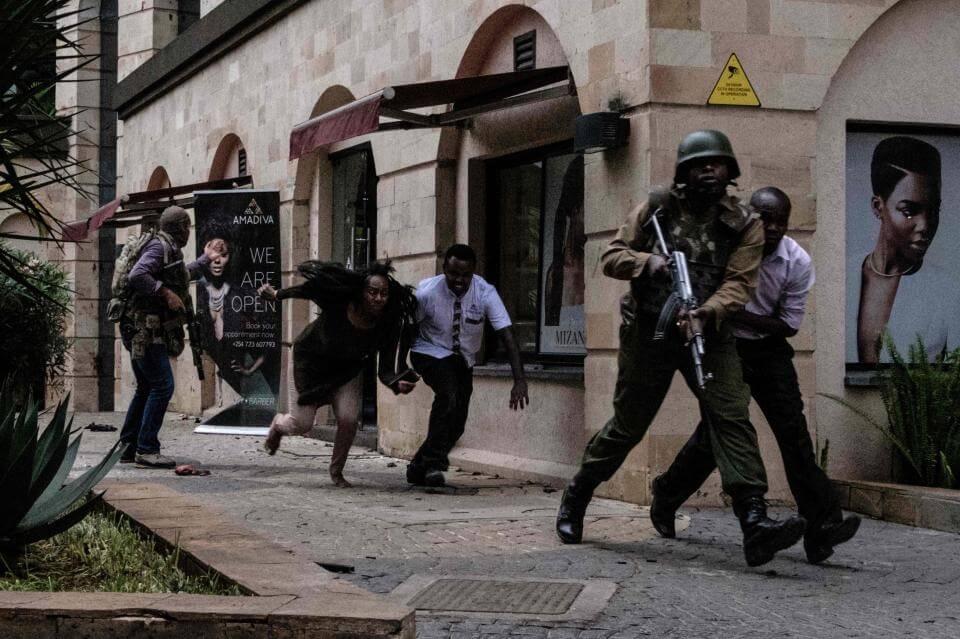
Regardless of the specific selection process, it is clear that organizations such as the Navy SEALs, SAS, Spetsnaz, Army Special Forces, and Delta Force are all highly professional and capable special operations forces. They are trained to be deadly and efficient in their tasks but are also expected to maintain high standards of professionalism and not engage in wrongdoing. These elite units have commonalities in their capabilities and effectiveness as specialized military forces.

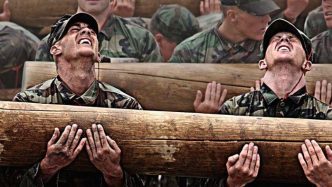
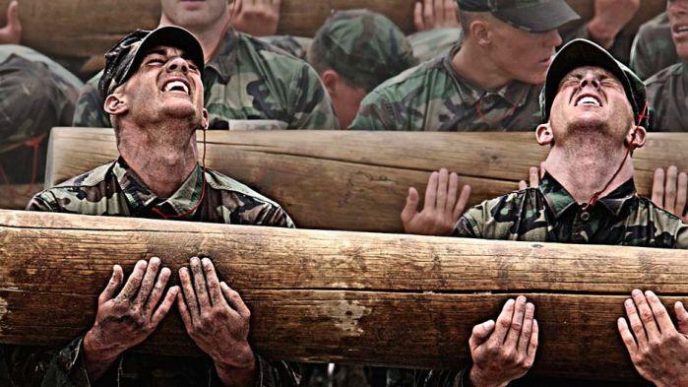
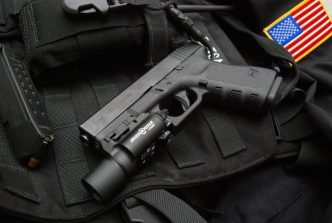
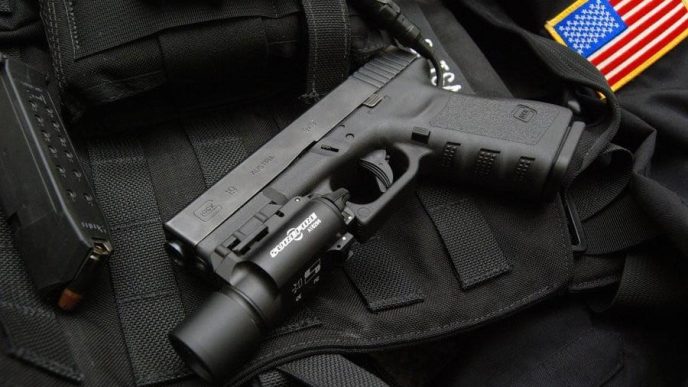
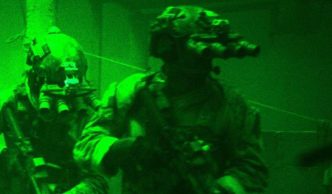
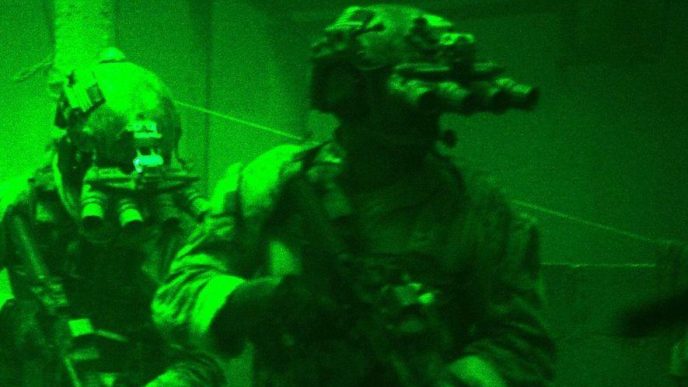
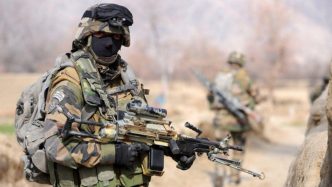
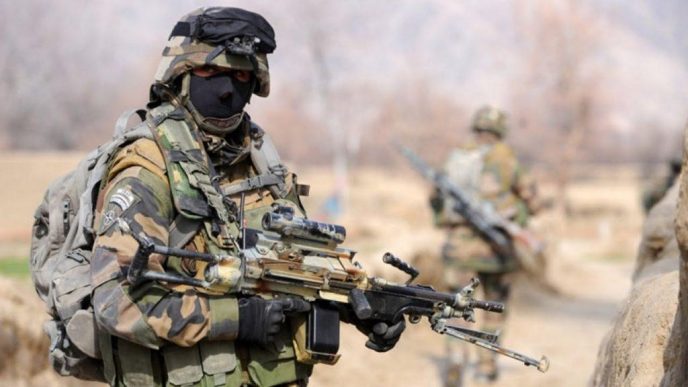
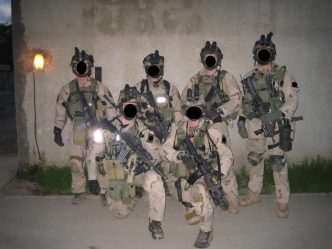
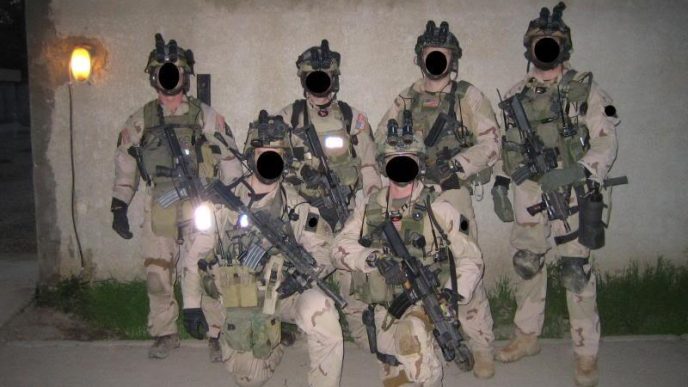
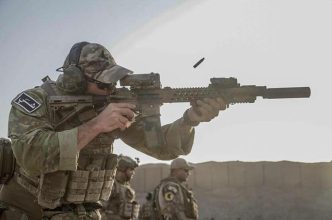
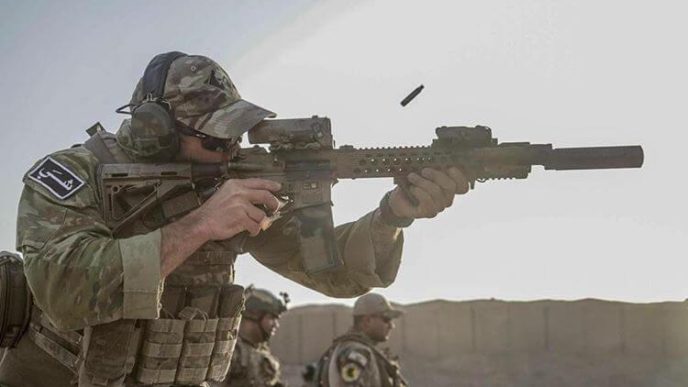
While ‘regular’ SEALs could carry out a hostage rescue, they receive only limited training in the advanced close quarter battle skills required. Team 6 and the SAS are both also extensively trained to conduct deniable undercover operations where their very presence is unacknowledged.
You forgot 2 significant differences.
1. SEALs are Tier 2 special forces. Only DEVGRU, which is a separate unit is Tier 1. SAS are Tier 1.
2. You can join SEAL team as a civilian, to serve in the SAS you must be a serving soldier and already be of exceptional ability to be approved to go for selection.
MATT – Get your facts straights, you can request SEAL training as a civilian – as I did, then AFTER YOU ENLIST, you’re guaranteed the opportunity to become a SEAL candidate and entitles you to certain bonuses and benefits WHEN YOU ENLIST. Also Matt, There are 500 to 600 DEVGRU SEALs and 500 to 600 SAS soldiers. It’s colloquial knowledge that the DEVGRU SEALs and SAS are fairly equal with the exception that SAS does nothing maritime, really shoud be compared to Delta Force as it’s a more equal comparisan. SNeither force can stand up to DEVGRU SEAL team. So all in all, the DEVRGU SEALs are the more elite military Special Force. Tier 2 SEALs are an incredible force, but obviously, there has to be a pool to pull from when operators go down or retire. Should throw in Russian Spetsnaz, and Sayeret Matkal with SAS and Delta Force, they’re at least as good.
SAS has three regiments – one of which is regular, the other two reserve (civilian).
Excellent video except all the SAS video was of Australian SAS not British SAS. Get your facts and video correct.
During the gulf war US rangers dropped their packs and ran while the Australian SAS called for an air strike over their heads
How many Seal team recruits have died during training? Yet 3 SAS have.
Brit SAS does have a maritime unit designated boat troop,along with vehicle troop ,a dedicated airbourne unit ,and a mountain troop ,along with our SBS in joint operations with the skill set they have ,they can pretty much take on what ever is necessary.
was a SEAL,left, and worked in the field in th CIA for 12 years, before retiring a few years ago.
Tier 1-
1st Special Forces Operational Detachment-Delta
SAS
DEVGRU (Team 6)
Regular SEALs were tier 2, compared to those 3. Obviously, we were capable, and did extremely well in the missions we participated in. However, those 3 listed above are the best of the best.
As far as SAS vs Team 6 vs DELTA? All are equally good overall, but they have their advantages and disadvantages in different scenarios.
SEALs don’t necessarily prefer water. However, they train to operate in it.
SbS tell me about them they seem more secretive than the SAS
To the guy that was wondering how many navy seals have died during training. Its 17. In the last 20 years.
SEALs are NOT SOLDIERS, they are SAILORS. They go thru Great Lakes just like I did and every other SAILOR.
Frank USN a reminder that the SAS have four troops that rotate roles one of those roles being amphibious so the SAS is maritime trained but SBS is designated to water full time. Overall Seal team 6 is without question a tough contender to the SAS but SAS does slightly overtake
All of you are fucking faggots
you ask a devgru operator or any tier 1 and they will tell you the SAS/SBS always have been number 1. they were the first, they have served the longest, they have the most experience, they set the standard that every other SF unit has followed
Reading all of the comments and very informative and entertaining. Thank you all.
Well there’s no point in arguing as I think anyone who’s been a soldier has brass balls and nerves of steel. I only have 1 friend whos seen action and he’s Australian. His team where Conducting raids in Afghanistan & he was shot through the right thigh just past the knee and it made a real mess of his left leg but as he said it’s not a place for the weak minded!……
he’s doing good now though but he was just a grunt as he said & he couldn’t imagine the stress that elite forces go through …. but he also said some people feel safer over there which is pretty disappointing… I have ptsd from being attacked once . It becomes daily routine for these ledgends. Seal , SAS , Delta , Spetznas. Even France has 3 of the top special forces in the world’s top 10 , I dont even want to know what China could achieve now but there ground forces numbers something like 1 million alone & 2 million all up. But all the military experts say that America is that protected that even if the whole world tried invading they would get blown away! I tend to believe them as they are experts compared to me who just looks up to the SOLDIERS.
And PS what type of steel do marines make ka-bars out of?
as many as 20 soldiers have died whilst taking part in SAS selection.
Their are many special forces units world wide, that few will get to work with. All have uniquely tailored strengths so to bitch fight and smack talk over who is best…..well that’s just stupid!
Kudos to all who work in special forces around the world and to the foot soldiers and all who serve, period. It takes guts to serve in any capacity from the lowest designation to the elite. You make our world a safer place and I honor you all for your dedication and service.
So the SAS and SEAL members are not human then?